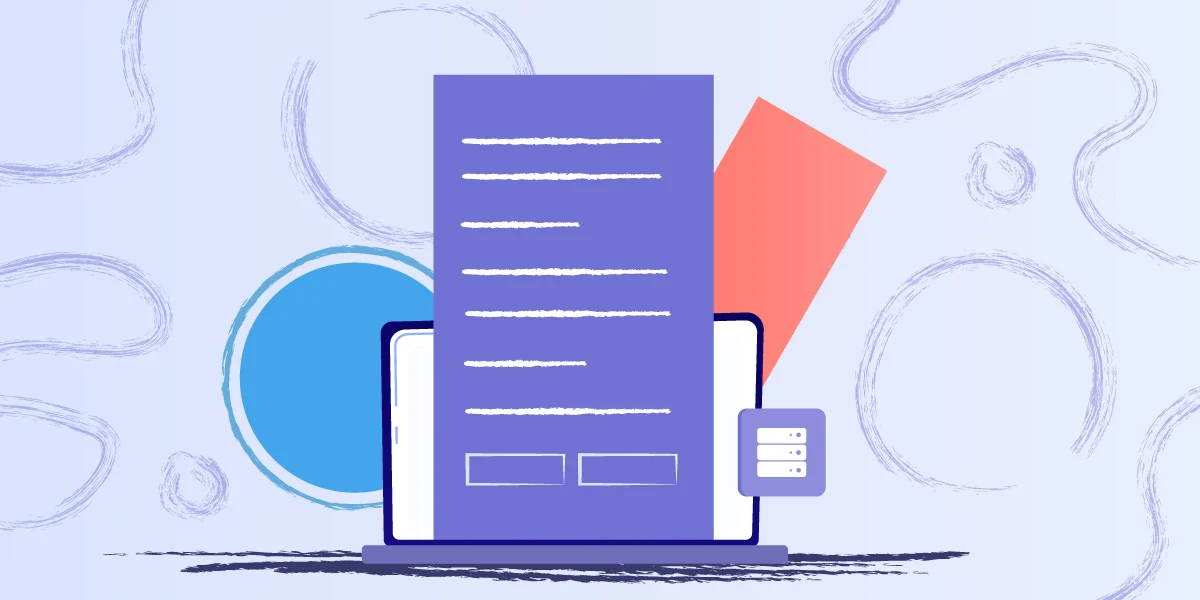You feel like a mess of numbers and masks every time you hear someone talking about IP addresses. This isn’t uncommon. Mastering IP Subnetting is no joke but don’t despair: this ultimate ip subnetting cheat sheet will make the process less of a daunting mystery! Learn how to recognize and understand subnets by following this guide. No matter if you consider your networking skills advanced or just starting out – all network admins should understand the basics of IP address and how it operates to allow their networks to function correctly.

Subnetting with IP, which permits IT professionals and network administrators to manage and optimize network resources efficiently, is a vital ability. To assist you in understanding the many complexities of subnetting we present an ultimate guide to subnetting. Whether you’re a beginner or needing a quick reference, this thorough guide will arm you with the information and techniques necessary for successful IP subnetting.
I. Understanding IP subnetting:
IP subnetting is the process of breaking a network down into smaller subnetworks, known as subnets, to boost the performance of the network and control IP address allocation. It involves forming logical divisions within a network, and assigning unique IP addresses to each subnet. This allows efficient data routing, and improves security.
II. Subnetting cheat sheet is important:
A subnetting cheat sheet serves as a useful resource for administrators of networks. The subnetting cheat sheet serves as a quick reference with essential formulas, rules for subnetting and methods. It helps make the process of subnetting more efficient and precise. If you have to calculate subnet masks, determine the host and network ranges, or perform subnetting calculations, having a cheat sheet at your desk will save you time and assure accuracy.
III. IP Subnet cheat sheet: important elements:
1. Subnet Mask The subnet mask determines the network portion and host part of an IP address. The cheat sheet gives the quick reference needed to determine the subnet mask based upon the number of bits in a network.
2. Network Address: The address of the network is the base address for the subnet. It’s used to identify a subnet in an overall network.
3. Broadcast address: The broadcast addresses is the address that tops the subnet. This address is used to communicate information to all devices within the subnet.
4. Host range The host range refers to the set of IP addresses valid that can be assigned to devices in subnets. It is not inclusive of network addresses and broadcast addresses.
5. CIDR Notation: Classless Inter-Domain Routing (CIDR) notation represents the subnet mask by using the slash notation (/) followed by the number of network bits. To aid in quick reference, the cheat sheet includes the chart for conversion.
IV. Subnetting Success Strategies and Tips
1. Subnetting By Hand: This cheat sheet provides step-by-step instructions on subnetting without the need for calculators or other subnetting tools. Knowing the basic concepts will allow you to confidently tackle subnetting problems.
2. Variable Length Subnet Masking (VLSM) VLSM allows for the assignment of different-sized subnets within the network. The cheatsheet subnet provides guidance on how VLSM can be utilized to maximize IP allocation.
3. Binary to Decimal Conversion: Understanding binary to decimal conversion is essential for subnetting. This cheat sheet has the conversion chart along with tricks to quickly convert binary numbers to decimal.
4. The Subnetting Quick Referencing Chart is a chart that maps the numbers network bits to the corresponding subnet masks, as well in the number and size of subnets.
5. Subnetting Examples: The cheat sheet offers concrete examples and samples of subnetting problems, which allow you to try your hand at and reinforce your understanding.
V. The advantages of using a subnetting cheat sheet:
1. You can cut down on time by making use of a cheat sheet to perform subnetting. It lets you efficiently and accurately complete subnetting calculations.
2. Efficiency and accuracy Cheat sheets are a reliable source that decreases the chance of making mistakes during subnetting calculations and allows for effective use of the network resources.
3. Learning Aid: The cheat sheet acts as a teaching aid, to help you comprehend subnetting concepts and techniques more efficiently. This cheat sheet can help you understand the subnetting concept and help you feel confident using it.
IT professionals with an in-depth knowledge of IP subnetting can set up networks with ease and manage IP networks effectively. After using the ultimate network cheat sheet and gaining essential knowledge on how to set up as well as manage and analyze subnets as required. Although IP subnetting may not require an knowledge of the basics of networking, it’s still important to go over them to gain a better understanding of the tool. Like any IT technique, practice makes perfect. Practice the IP Subnetting cheat sheet exercises regularly to strengthen your skills. Best of luck!
